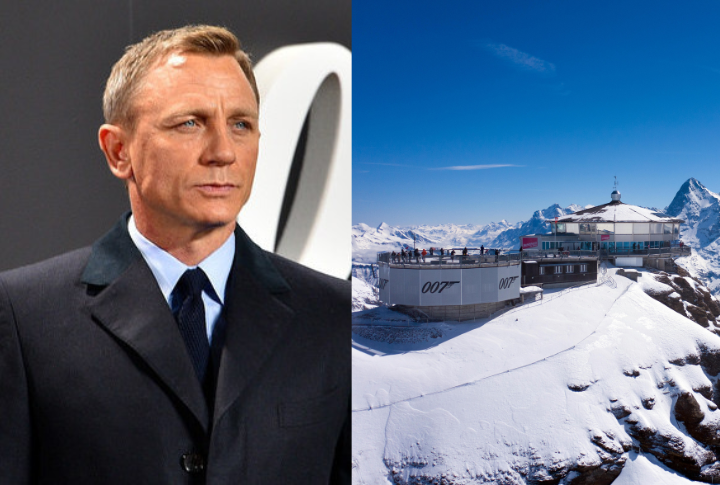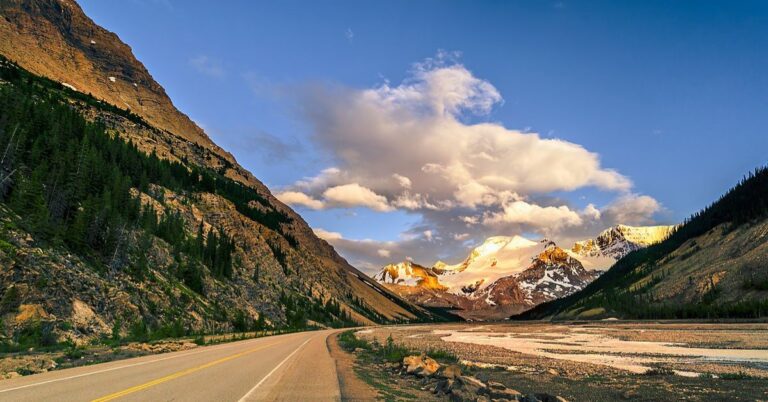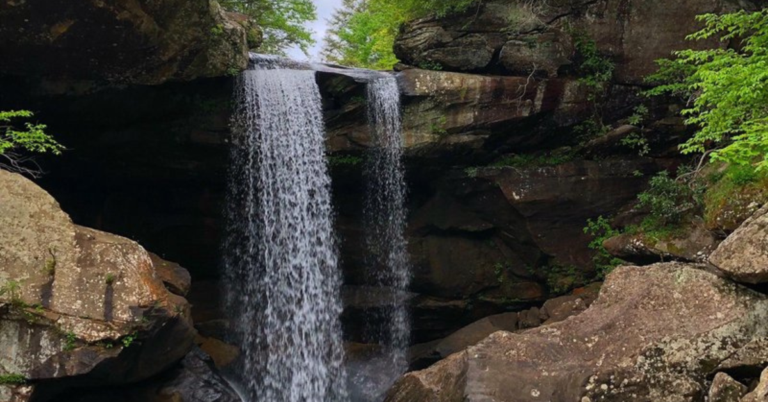15 Things About US Geography That School Didn’t Teach You
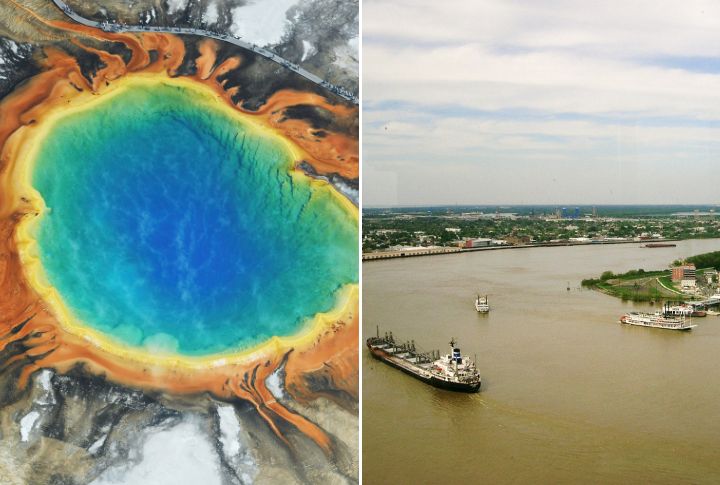
Think you’ve got US geography down? Prepare to be surprised! There are countless hidden gems that most people never learn in school. From unexpected state borders to jaw-dropping natural wonders, let’s take a look at the 15 amazing facts that will give you a whole new perspective on the country.
Alaska Is Bigger Than You Think
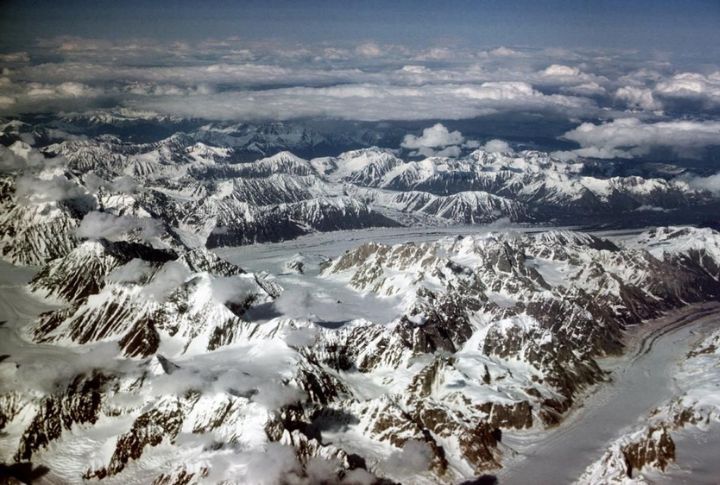
People often underestimate just how vast Alaska truly is. If you combined Texas, California, and Montana, they’d still be smaller than Alaska! Spanning over 663,000 square miles, this state’s size is matched only by its natural beauty. With towering mountains and lush forests, it proves that bigger can also be incredibly beautiful.
The Mississippi River Isn’t Entirely American
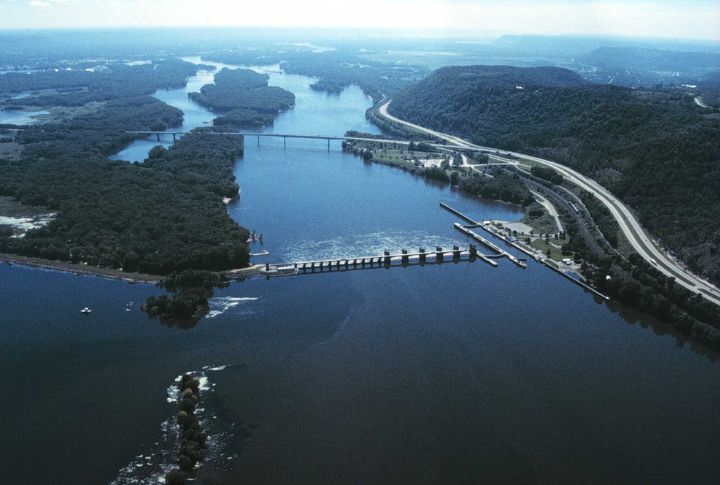
The famous Mississippi River doesn’t just stick to the US. Its watershed extends into Canada and covers parts of Manitoba. Stretching over 2,300 miles, it connects 31 US states. This river isn’t just a national treasure; it’s also a cross-border wonder. That’s a lot of ground (and water) to cover!
Four Corners: A Tourist Favorite
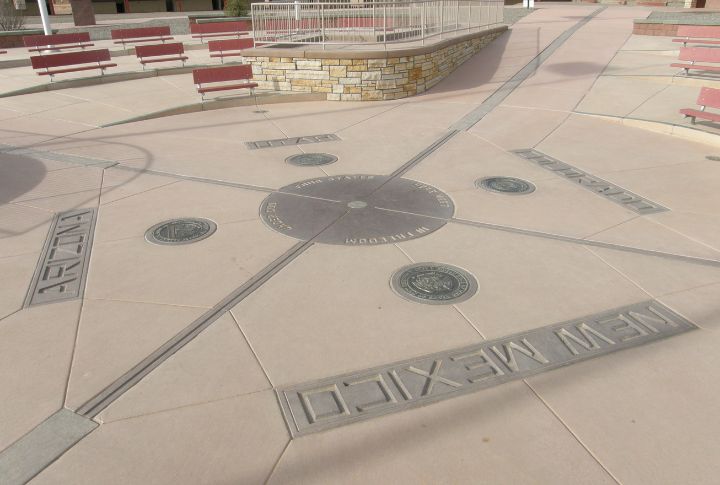
Standing in four states at once sounds cool, right? It’s geography you can literally touch. The Four Corners Monument lets you do that in Arizona, Colorado, Utah, and New Mexico. This unique spot draws visitors who love snapping photos with limbs stretched across borders.
Maine Sees the Sunrise First
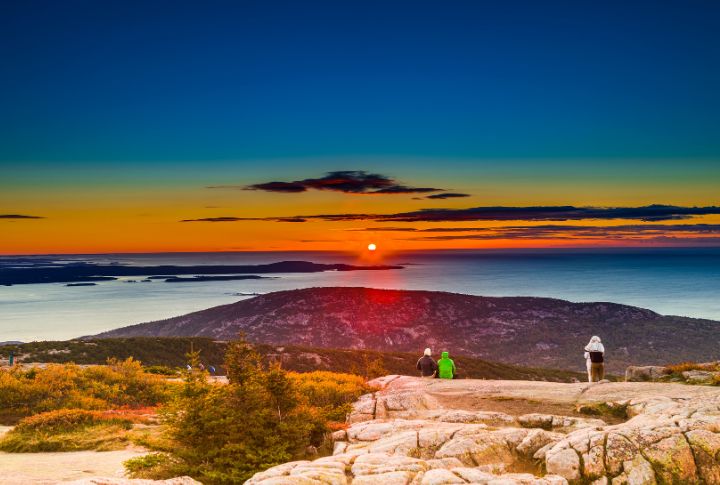
If you’re chasing the first rays of sunshine in the US, head to Maine. Cadillac Mountain in Acadia National Park claims the honor during fall and winter. Standing there at dawn feels magical as the sunlight kisses the nation before reaching anywhere else. It’s nature’s way of saying good morning.
Hawaii’s Islands Are Still Growing
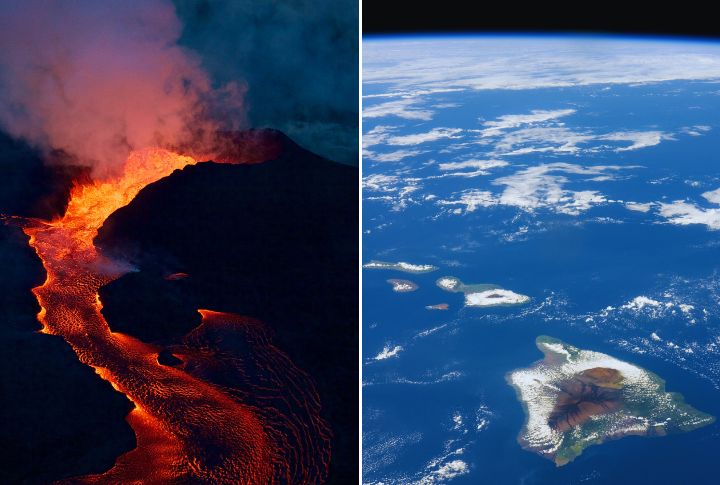
The islands of Hawaii are volcanic, which means they keep expanding. The Big Island grows a little every year thanks to lava flows from the Kīlauea Volcano. This altering scenery reminds us that geography isn’t static. Hawaii’s beauty keeps evolving, one molten rock at a time.
Michigan Has More Coastline Than You Think
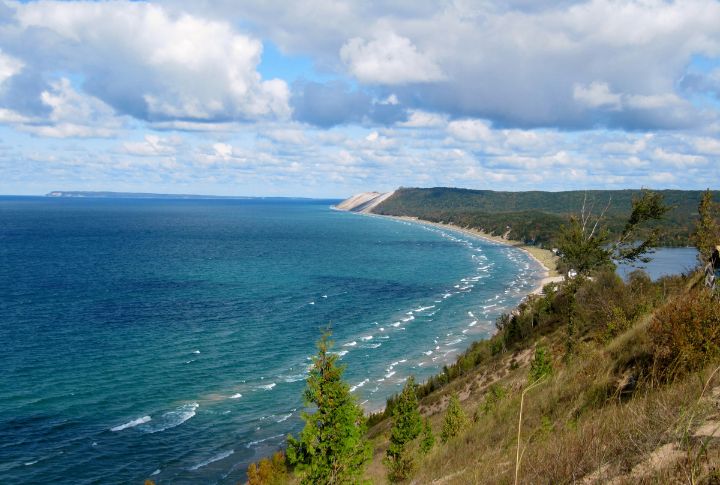
Only Alaska has more coastline than Michigan. Surrounded by the Great Lakes, Michigan features over 3,200 miles of shore. Its sandy beaches, stunning sunsets, and clear waters rival ocean coasts. Michigan’s shoreline offers a fresh take on seaside escapes, with no saltwater required.
Nevada Holds the Loneliest Road
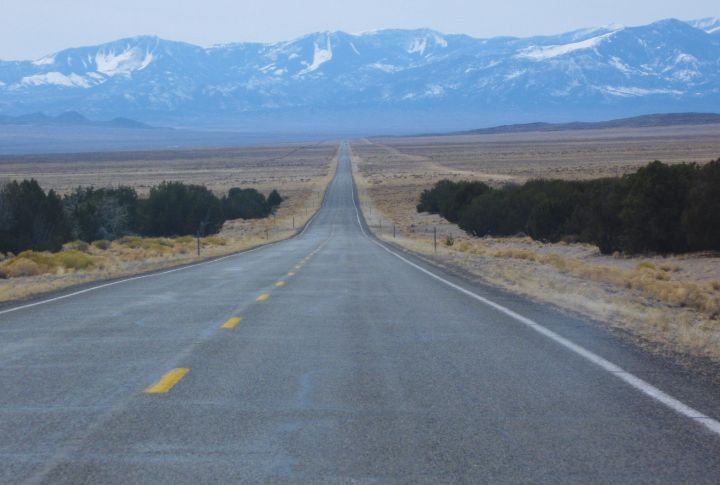
US Route 50 in Nevada earned its nickname for a good reason. Stretching across endless deserts with little sign of civilization, it offers a unique blend of isolation and serenity. Driving this route is a journey into solitude, where you can fully appreciate the raw, stunning beauty of America’s open places.
Montana Has a Triple Divide

Montana proves geography can be downright impressive. Montana’s Triple Divide Peak lets water flow to three oceans: the Atlantic, Pacific, and Arctic. This geographical oddity exists because of the unique placement of the Continental Divide. Few spots on Earth can claim such a hydrological hat trick.
New York Has Its Own Grand Canyon

You don’t need to visit Arizona to experience the Grand Canyon. Letchworth State Park in New York displays stunning gorges, waterfalls, and cliffs. Famed as the “Grand Canyon of the East,” it offers breathtaking views. Nature’s drama plays out here on a smaller but equally beautiful scale.
Florida Is Flat, Really Flat
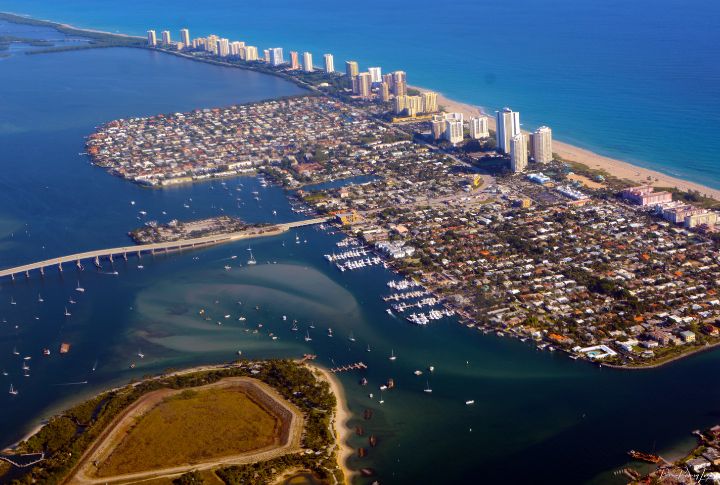
Florida’s highest point, Britton Hill, stands just 345 feet above sea level. That’s lower than many skyscrapers! This makes Florida the flattest state in the US. While it lacks towering peaks, its endless beaches, wetlands, and sunny vibes more than make up for it.
Wyoming Features a “Hidden” Volcano
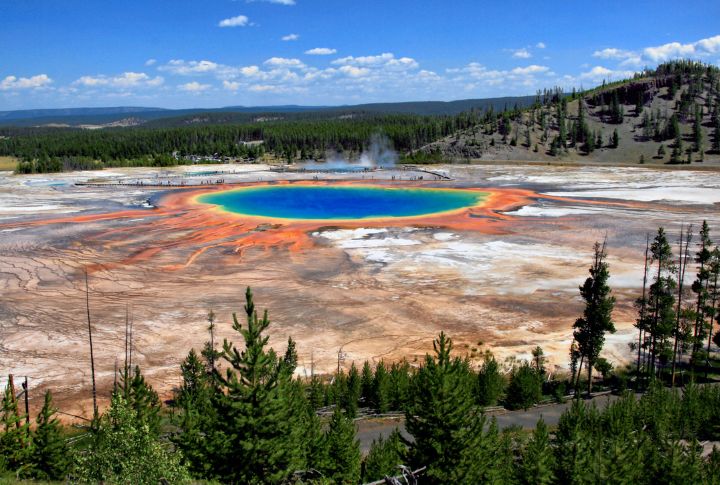
Yellowstone National Park sits atop a supervolcano, but don’t worry—it’s been calm for thousands of years. This underground giant shapes the park’s geysers, hot springs, and otherworldly views. Visiting Yellowstone means exploring one of nature’s most stunning wonders, all thanks to this sleeping giant.
Arizona’s Tallest Peak Isn’t the Grand Canyon
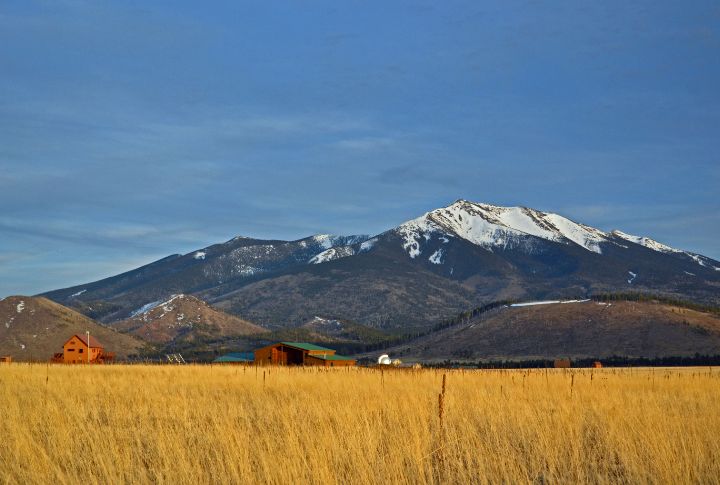
Many think the Grand Canyon is Arizona’s highest point, but it’s actually Humphreys Peak! Reaching over 12,600 feet, this mountain offers stunning views and challenging hikes. Arizona’s natural wonders go beyond canyons and prove its settings hold endless surprises for adventurers.
Kansas Really Is Flat
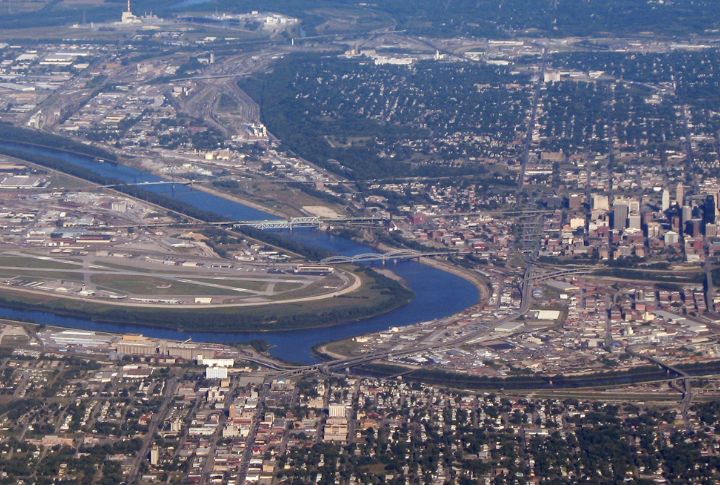
Geography doesn’t always need mountains to inspire awe. Kansas lives up to its reputation as one of the flattest places on Earth. Scientists even compared it to a pancake and found it flatter! Despite this, Kansas showcases breathtaking prairie views and wide-open skies that create a peaceful, timeless charm.
California Has the Lowest and Highest Points
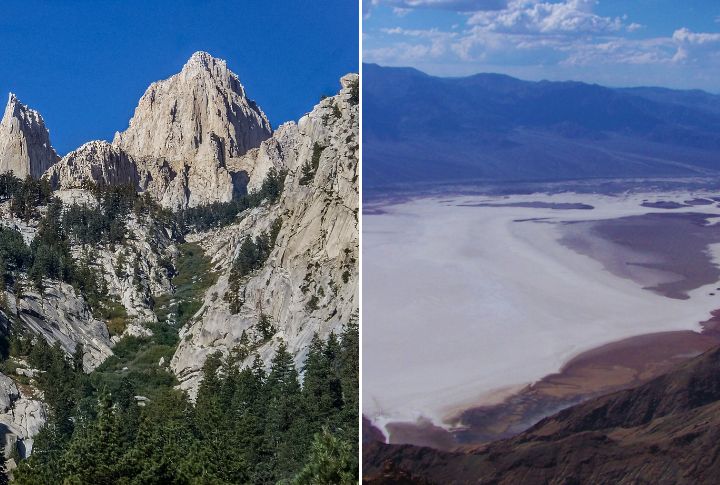
California is a land of extremes. Mount Whitney soars to 14,505 feet, while Badwater Basin in Death Valley lies 282 feet below sea level—just 85 miles apart. The state’s geography shows you can stand at both the highest and lowest points in the US without traveling far.
Texas Owns Its Size
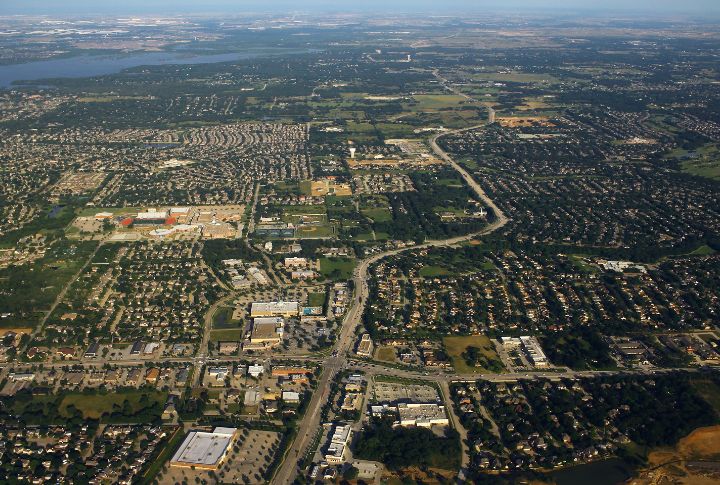
Everything is bigger in Texas, and its geography certainly proves it. Covering over 268,000 square miles, the state boasts deserts, forests, beaches, and mountains. This diverse place offers nearly every type of scenery in one place, making Texans rightfully proud of their expansive and varied terrain.

